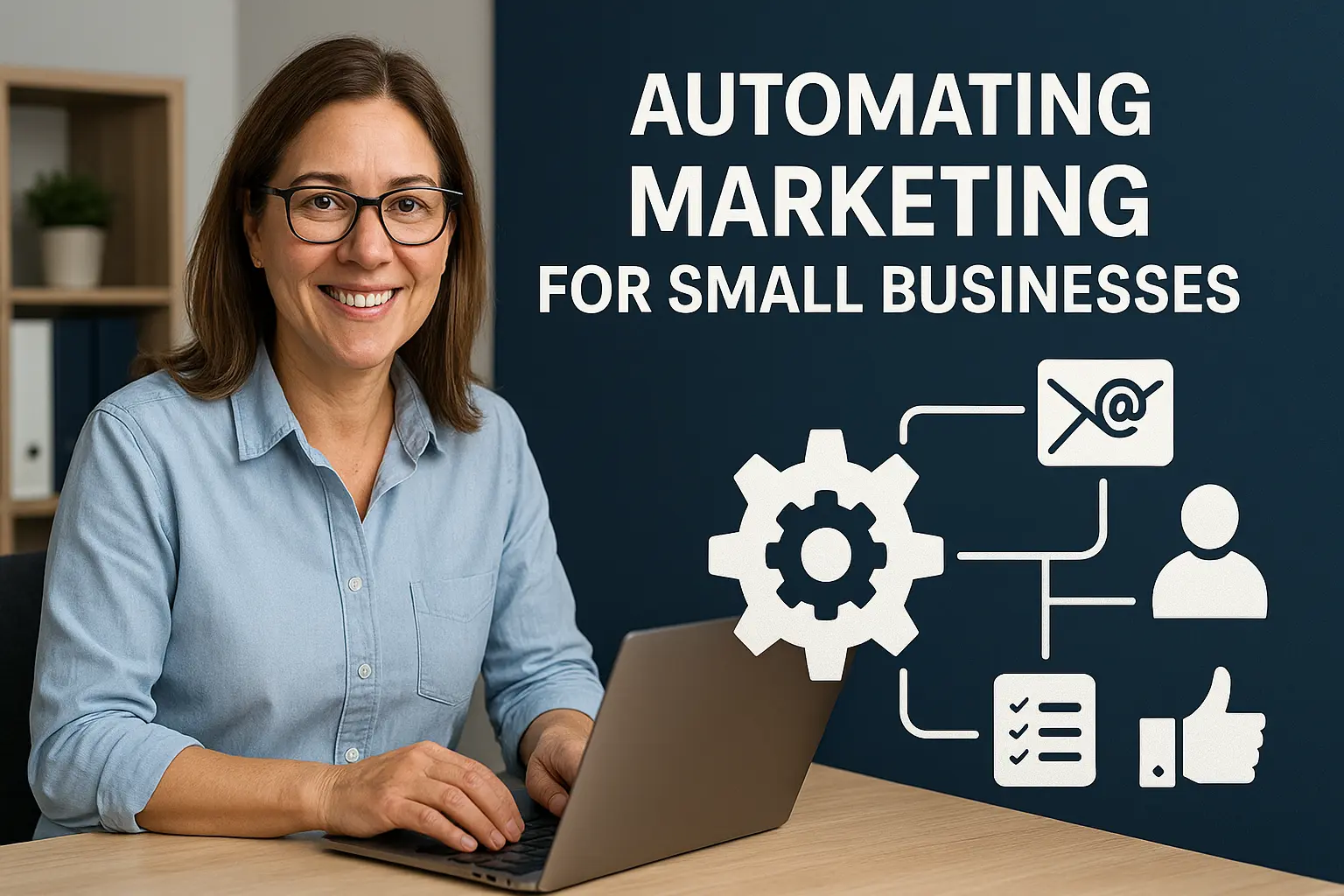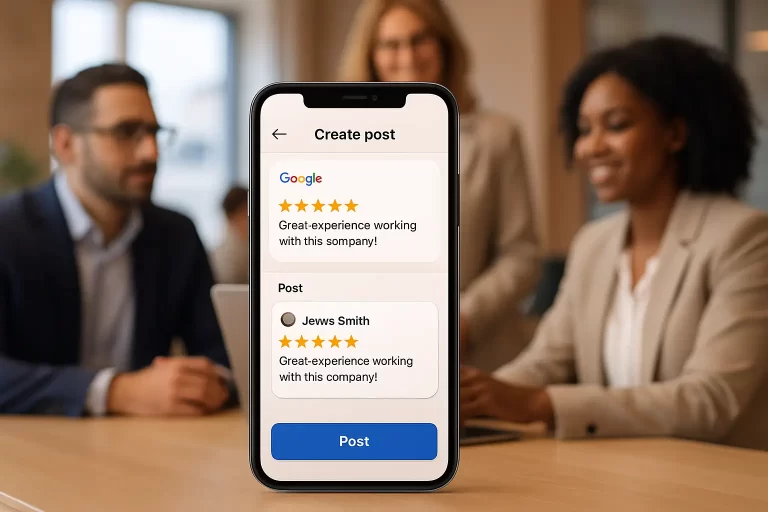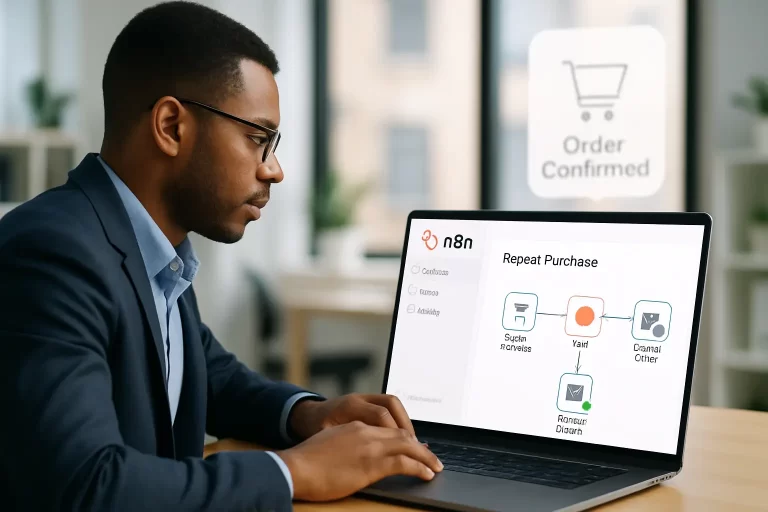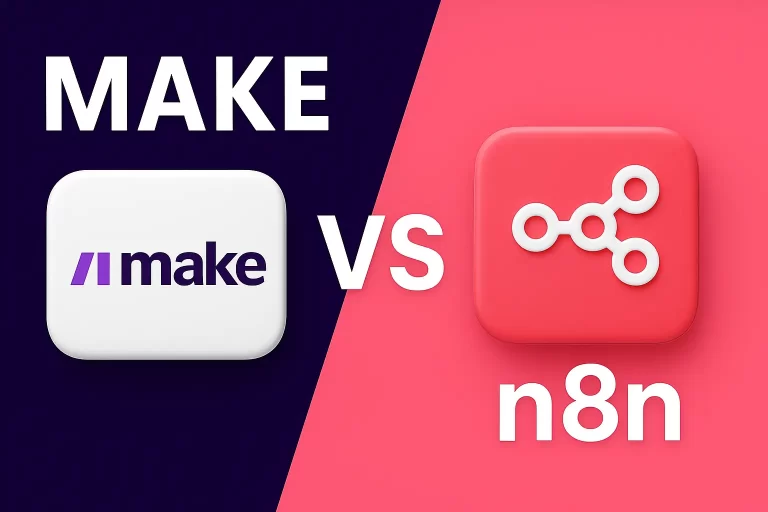Running a small business can often feel like you’re wearing all the hats. You’re the CEO, the marketing team, and customer support, all rolled into one! That’s precisely where the power of marketing automation comes into play.
If you’re trying to automate marketing for small business and reclaim some of your valuable time while simultaneously growing your customer base, you’re in the right place!
So, what exactly is marketing automation? In simple terms, it involves using software to handle repetitive marketing tasks automatically. Think sending email sequences, scheduling social media posts, or even tailoring website experiences to individual visitors. The main goal? To make your marketing efforts more efficient and effective. Marketing automation helps to streamline your entire marketing strategy.
- Common Misconceptions:
- Many small business owners assume marketing automation is too expensive or complex. However, there are affordable and user-friendly options available, including ones with no-code interfaces.
- Some small businesses believe it’s only for large corporations. On the contrary! Small businesses often see the greatest benefits because they typically have fewer resources to spare.
- Specific Challenges:
- Small businesses frequently struggle with limited budgets, manpower, and time. Marketing automation helps overcome these challenges by making processes more efficient and freeing up precious time.
- Marketing automation integrates smoothly into an overall marketing strategy, allowing you to concentrate on higher-level planning and creative work.
Did you know that around 49% of small businesses are currently using some form of marketing automation? And those businesses often report an average ROI increase of over 12%? Plus, studies indicate that small business owners can save up to 10 hours per week by implementing automation!
Consider integrating “lead management automation” and “CRM automation workflows” to improve how you nurture leads and communicate with customers. And for ease of use, especially if technical skills are limited, explore “no-code marketing automation” solutions. I’ve found that these solutions can be a real game-changer for those who are just starting out.
For example, n8n.io offers a rich set of pre-designed workflows that can be easily implemented for various marketing tasks. This plug-and-play approach greatly simplifies the process. It helps you to get started quickly.
Essential Automation Strategies for Small Business Growth
Okay, so how do you actually *use* marketing automation? Let’s break it down into some easily digestible strategies!
- Email Marketing Automation:
- Automated Email Sequences: Set up welcome series for new subscribers, onboarding sequences for new customers, and nurturing campaigns to keep your audience engaged. For example, think about automatically sending a welcome email when someone signs up for your newsletter.
- Segmentation and Personalization: Segment your email list based on demographics, interests, or purchase history. Then, personalize your emails with targeted content to increase engagement. For instance, if a customer bought a specific product, send them related product recommendations!
- Social Media Automation:
- Scheduling Posts: Schedule posts across multiple platforms to maintain consistent engagement, even when you’re busy.
- Monitoring and Engagement: Use automation tools to monitor mentions of your brand and engage with followers in real-time. You can set up alerts to notify you when someone mentions your business on Twitter, for example. Also, consider “social media workflow automation” when scheduling and coordinating engagement.
- CRM Automation:
- Data Entry and Contact Management: Automate data entry and contact management within your CRM to keep your customer information organized and up-to-date.
- Automated Tasks and Reminders: Set up automated tasks and reminders for follow-ups with leads and customers. Never let a potential sale slip through the cracks!
- Lead Management Automation:
- Automated Lead Capture: Automatically capture leads from website forms, social media, and other sources.
- Lead Scoring and Qualification: Implement lead scoring to identify the most promising leads and prioritize your sales efforts.
Automated emails often see open rates that can be 20-30% higher than manually sent emails, and click-through rates see similar boosts! Businesses using social media workflow automation can generate as much as 50% more leads. I’ve seen these kinds of results firsthand; marketing automation can truly impact your bottom line.
Consider using “lead management automation” for capturing, nurturing, and scoring leads. n8n offers solutions, for example, to automate lead enrichment and CRM integration. That reminds me, automation can really free up your sales team’s time to focus on closing deals!
Choosing and Implementing the Right Marketing Automation Platform
Selecting the right marketing automation platform can feel daunting, but it doesn’t have to be! First, consider your business needs and budget. What specific tasks do you want to automate? What’s your price range?
- Popular Platforms:
- HubSpot: A comprehensive platform with a wide range of features, suitable for businesses of all sizes.
- Mailchimp: Great for email marketing automation, especially for smaller businesses.
- ConvertKit: Focused on creators and bloggers, with powerful email marketing and automation features.
- n8n: A flexible, open-source platform that allows for highly customized digital marketing workflows and integrations. You can read more about n8n’s capabilities and integrations on their marketing integrations page.
- Implementation Guide:
- Setting Up Accounts and Integrations: Follow the platform’s instructions to set up your account and integrate it with your existing tools (CRM, social media accounts, etc.).
- Creating Initial Workflows: Start with simple workflows, such as a welcome email sequence or a social media scheduling calendar.
- Testing and Optimization: Thoroughly test your workflows to ensure they’re working correctly. Monitor your results and make adjustments as needed to reach your target.
- To use “no-code marketing automation”, consider solutions like n8n, which offer visual interfaces and pre-built integrations.
While pricing varies widely, some platforms offer free plans for basic automation needs. User satisfaction ratings can be found on sites like G2 and Capterra. Keep in mind that the time required to implement a platform can vary from a couple of hours to several weeks, depending on the complexity. Many writers struggle with this initial setup, so be sure to allocate enough time!
Don’t forget to investigate “CRM automation workflows” capabilites.
Also, checkout the YouTube tutorial “AI sales system” to see how to implement yours!
Beyond Automation: Building Authentic Customer Relationships
While automation is powerful, it’s crucial to remember that it should enhance, not replace, human interaction. The best marketing strategies are a blend of both!
- Strategies for Enhancement:
- Personalized Follow-Up Messages: Send personalized follow-up messages after automated emails to show customers you care.
- Prioritizing High-Value Customers: Use automation to help identify and prioritize high-value customers, and then reach out to them personally.
- Customer Support with Chatbots: Provide instant support to customers with chatbots, but ensure there’s always an option to connect with a human agent.
- Future Trends:
- AI-Powered Personalization: Expect to see more advanced personalization techniques, allowing you to deliver even more relevant and engaging content based on customer journey.
- Predictive Analytics: Predictive analytics will help you anticipate customer needs and proactively offer solutions.
- Ethical considerations:
- Transparency about the use of automation.
- Data privacy and security.
- Avoiding over-personalization that feels creepy.
Businesses that combine automation with personalized interactions often see customer satisfaction rates that are 15-20% higher! Although many value automated communication, a significant portion of customers still prefer human interaction for complex issues or personalized support. Here’s the thing: People want to feel valued, and a personal touch can go a long way.
Reinforce the idea that automation should support, not supplant, human connection. Explore how AI powered marketing automation can help small businesses provide better and enhanced customer relationships, and keep an eye on new trends like AI-driven content creation and hyper-personalization. And if you are seeking assistance with marketing, you might consider finding freelancers specializing in tools like Amazon SageMaker on platforms such as Upwork.




